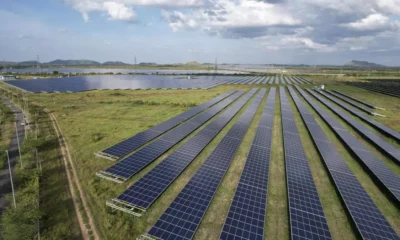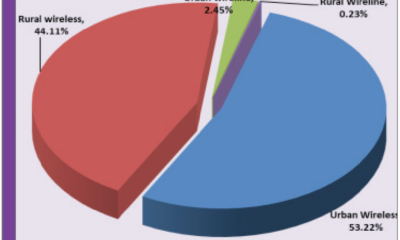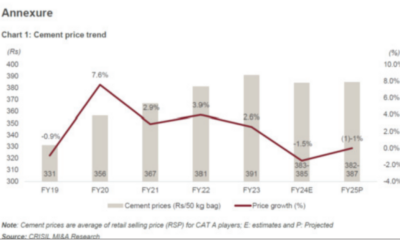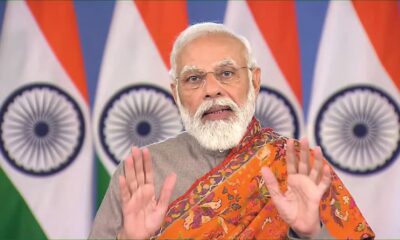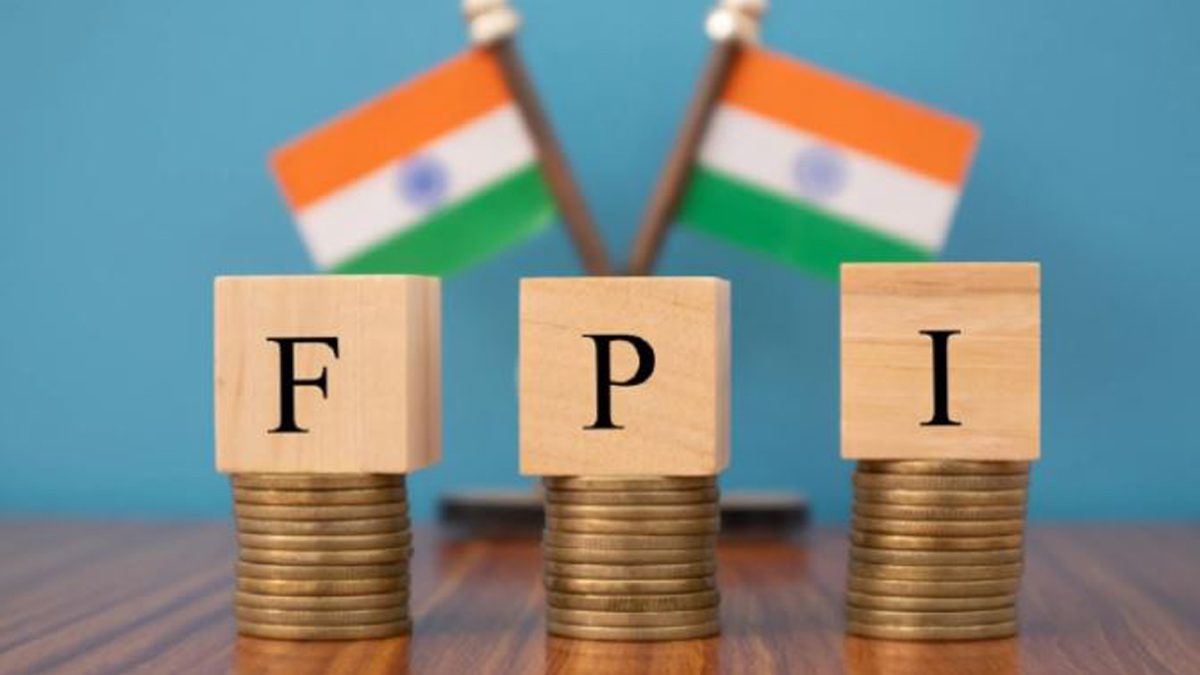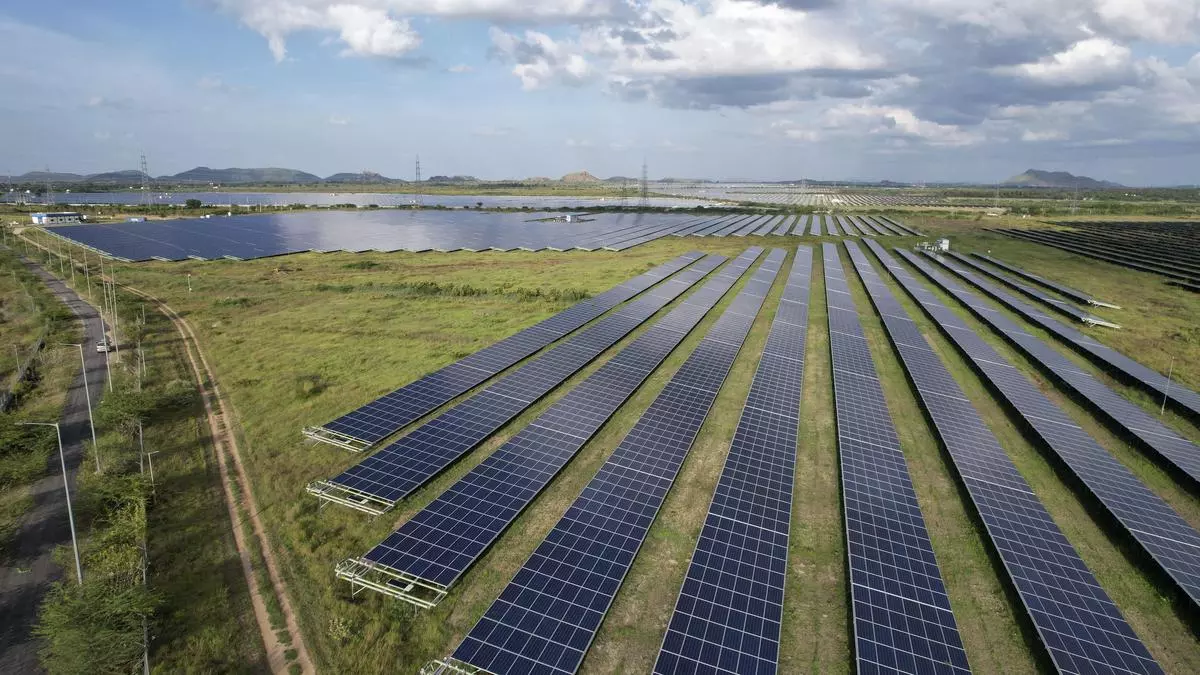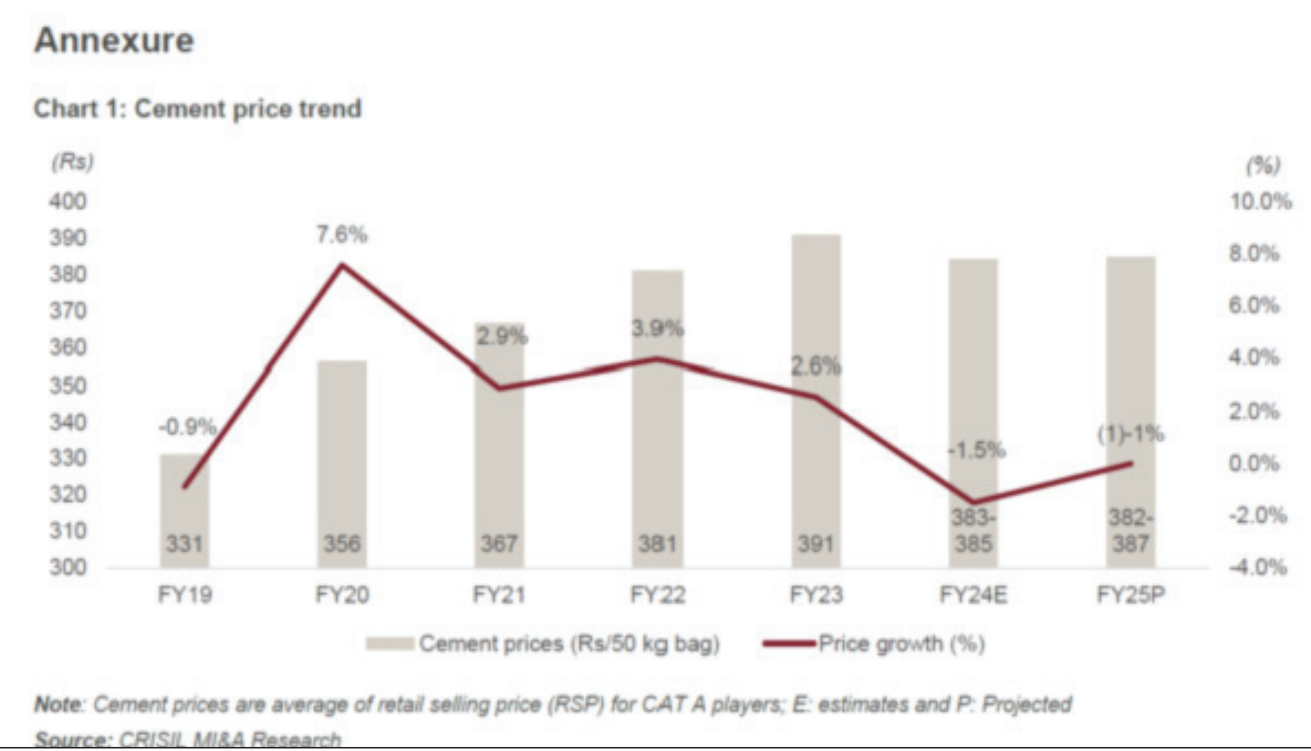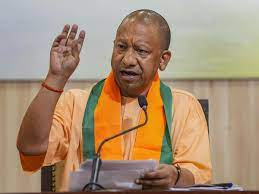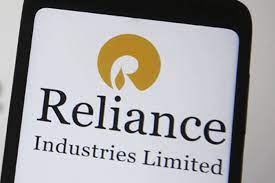Krishnamurthy V. Subramaniam, the Executive Director of the International Monetary Fund (IMF), said on Tuesday that India will continue to be a driver for global growth in the foreseeable future.
In an interview with ANI, he noted that India, ever since the COVID-19 pandemic, has witnessed consistent growth at 7 percent plus. He predicted that India will have 8 percent growth in the fourth quarter and called it “good” growth considering the current global economic situation.
Asked where India stands amid the current global economy, he responded, “I think India will continue to be the driver for global growth in the foreseeable future. The maximum sort of contributor to global growth. I expect growth in India to be consistently above 7 percent in this decade. You would recall back in September 2021, when I was with the government as well. I predicted that India will emerge out of COVID with 7 percent plus growth. So I continue to maintain that assessment.”
Subramaniam, India’s former Chief Economic Adviser, said that the IMF has revised its projection for growth for India in 2024 to 7.8 percent, which he emphasized reflects overall growth.
On being asked about how India’s economy is viewed in the IMF meetings being held in the US, he said, “So, if you look at the Indian economy now, ever since COVID, it has grown consistently at 7 percent plus, 9.7 percent the year after COVID, then 7 percent, and then this year, 8.2 percent, 8.1 percent, and 8.4 percent growth in the first three quarters. So even with a much lower 7.3 percent growth, if it so happens, actually in the fourth quarter, India will have an average of 8 percent growth. And I think that is very good in the current global economic situation. As I said, 3.1 percent expectation for the global economy.”
“Now, the fund itself has revised its projection for growth for India for this year to 7.8 percent, which is reflecting the overall growth. I do want to also mention, I think, that if you look at productivity improvements, this is something that is really important. If you look at the Penn World Table’s data, which is actually what economists use across the world to understand the drivers of growth,. In India, pre-2014 productivity growth annually was 1.3 percent; in contrast, the rate of productivity growth post-2014 has been 2.7 percent, which is more than double. And I think that is a very important driver for growth to continue to be high and for it to be sustainable going forward,” he added.
India’s GDP grew at a massive 8.4 percent during the October–December quarter of the current financial year 2023–24, and the country continued to remain the fastest-growing major economy.
The Indian economy grew 7.8 percent and 7.6 percent during the preceding two quarters, April-June and July-September, according to data released by the Ministry of Statistics and Programme Implementation in February this year.
Asked about critics’ opinions about India’s economy, he referred to two former chief statisticians’ remarks regarding the Indian economy. He said that Pranab Sen and TCA Anant, in an interview, mentioned that there was nothing to worry about about India’s GDP.
“I would say two things. Firstly, if you look at the commentary given by statistical experts, there was an interview of two former chief statisticians, Pranab Sen and TCA Anant, and one former chairman of the National Statistical Commission, PC Mohanan, all of whom were asked about some of the economists’ criticism of the GDP methodology and GDP numbers, and they were unanimous that there is nothing to worry about or nothing to sort of that is untoward about the GDP number. So, I think that there are so many statistical experts across the spectrum saying that the GDP numbers can be trusted. I think I would go by that; let me also add my own assessment,” he said.
He noted that India’s growth in gross value-added versus GDP in the first quarter stood at 8.2 percent.
He said that there was no difference between growth in gross value-added and GDP.
“If you look at the growth in gross value-added versus GDP, in the first quarter, it was 8.2 percent for both, so there was no difference between growth in gross value-added and GDP. In the second quarter, gross value-added grew at 7.7 percent; that was just 40 basis points less than 8.1 percent growth in the GDP in the second quarter,” Subramaniam said.
“Only in the third quarter has there been a higher wedge, with gross value-added growing at 6.5 percent versus 8.4 percent for GDP; even that is quite well understood given the tax buoyancy. I’ve looked at the numbers over the last decade, and the median number for tax buoyancy has been 1.6, or, in other words, a 1 percent increase in GDP growth. Nominal GDP growth has translated into 1.6 percent in terms of the median, so in tax growth, I think when you put all these three aspects together, I think some of the criticism or people saying that they’re surprised about the GDP growth is completely unwarranted,” he added.
On being asked about economist Thomas Piketty’s report, in which he mentioned that India’s income inequality is worse than that under British rule, he stated, “If you look at the recent consumption survey that has been released and now experts have actually clarified very clearly that the 2011–12 consumption survey and the 2022–23 consumption survey are indeed comparable because the survey method is indeed the same, when you look at those numbers, both poverty and inequality have declined significantly.”
“For instance, using the USD 1.9 per capita per day in 2011, PPP numbers have declined from 12 percent to 2 percent. That’s a significant decline. Even using a higher threshold of USD 3.2 per capita per day again in 2011 purchasing power parity, the decline has been from more than 50 percent to less than 30 percent. So I think it’s significant. The same survey numbers also reveal that inequality has declined, and this is carefully constructed data using a very large consumption survey. Both urban and rural inequality have declined,” he added.
Speaking about the decline in the Gini coefficient, he said, “For instance, the Gini coefficient has actually declined from 36 in 2012 to, I think, less than 30 in 2022; this is for urban areas and rural areas; the Gini has declined from 29 to 27. So, I think the carefully constructed data from consumption clearly shows that consumption inequality has declined significantly, and as for the analysis done by Thomas Piketty, I think it is a sort of mix of a lot of data, especially tax data, and I think there are clearly methodological concerns.”
“For instance, if you look at capital gains, which are treated as income, in the tax data, that is not treated as being counted as part of GDP calculations. So also, there are some very heroic assumptions that have to be made in order to be able to actually assess inequality just from tax data, which is that taxes are paid by a very small section. Because in order to compare inequality, you have to actually look at the tax data vis-à-vis those people who actually are a large section who don’t pay taxes, so I think lots of heroic assumptions have to be made, and I think if they do it far more without any overt and covert biases, I think what they would find would be closer to what the consumption survey data is clearly revealing, which is a significant decline in inequality right now,” he added.
Lauding India’s digital infrastructure, he stressed that it is an important lesson for the Global South.
He recalled his visit to India and said that he used digital modes of payment for buying vegetables at the local market with his mother. He noted that local vendors are accepting digital payments in India. He stressed that digital infrastructure in India is an important lesson for the Global South, and it has been created as a public good.
“This is an aspect, especially at the IMF board, that really gladdens my heart.
If you look at how digital transactions are done in India, you can use your phone to pay for a glass of coconut water or a coffee, or even if, a few months ago, I was actually with my mom and went for some shopping, basically for vegetables, in the local mandi, and I pulled out my phone and I was able to pay, so it’s just become so widespread and everybody is using one.
One can even actually go and shop, for instance, in a Sarojini Nagar or in a fashion street in Bombay, and the street vendors are also actually taking digital payments,” he said.
“That’s the kind of widespread use of digital payments that has basically happened. And that’s what is reflected in the IMF’s being very appreciative of the kind of infrastructure that has been created.
One critical aspect, and these are actually important lessons for the Global South, is that this digital infrastructure has been created as a public good.
The sovereign has created it rather than allowing or requiring the private sector to create it. What that means is that when the private sector creates such infrastructure, it can become a monopoly, and therefore the prices may not be affordable for everybody.
In contrast, the sovereign Indian government creating this access has been widespread. And I think that’s a very important lesson for the Global South,” he added.
He said that Prime Minister Narendra Modi has said that India is willing to share its knowledge about digital infrastructure with other nations.
He stated that the use of digital infrastructure for remittances globally can reduce time and have enormous efficiency gains.
He said, “I think the Honourable Prime Minister has been on record saying that India is more than happy to actually share the knowledge from this with all the countries, including the advanced economies.
For instance, there are a lot of remittances, and I think the use of this digital infrastructure for remittances globally can actually reduce not really not only the time but even the cost for this, and I think that can be enormous efficiency gains for the global economy, so not only the Global South but even advanced economies can I think learn from India on this aspect.”
Asked about concerns regarding the geopolitical situation and crisis in West Asia, he said, “So, I think the current meetings come at a time when the economy can express some cautious optimism about it.
If you look at the projections for global growth, compared to 3.1 percent, which was a projection in January, the IMF has revised them 10 basis points higher to 3.2 percent. So, there is some cautious optimism.”
“I think the situation in West Asia is still evolving, and overall, the impact of that on global growth is something that will be difficult to predict. My sense is that, compared to, for instance, the war in Europe, which had significant implications for the supply side, the impact directly on the economy, I think, will be lower.
It does add uncertainty, for sure, but unlike in the case of the war in Europe, there won’t be a direct impact on aggregate supply or demand in the global economy. So, I would continue to be cautiously optimistic about the current global economic situation,” he added.
Notably, Israel has launched a counter-offensive against Hamas after the terrorist group launched an all-out attack on Tel Aviv on October 7. Israel has vowed to destroy Hamas. Amid the ongoing war between Israel and Hamas, Iran has launched a series of strikes on Israel in retaliation for a suspected Israeli attack on the Iranian consulate in Damascus, Syria, earlier this month.
Asked about some commentators’ views regarding India’s GDP growth, he said, “I think shared on that earlier I said that the gross value-added actually, as you saw in the first-quarter growth in gross value added and that in GDP was the same 8.2 percent, second quarter 7.7 percent for gross value added, while GDP growth was 8.1 percent, not a large difference, only in the third quarter. And as I also said, statistical experts across the spectrum have actually clearly opined that the GDP methodology and these GDP numbers are quite robust.”
Lauding the growth of the Indian economy, he said that the Indian economy is doing very well. He further said that Bangladesh and Sri Lanka are part of IMF programs and added that these nations are implementing a lot of IMF programs.
He said, “I think the Indian economy is clearly doing very well. A couple of countries that are part of my portfolio, Bangladesh and Sri Lanka, are actually part of IMF programs now. Sri Lanka, as we all know, has had some economic difficulties and is going through them. I think they’re implementing a lot of reform programs.”
“Bangladesh is also part of the IMF program. And I think things are also looking cautiously optimistic. A new government has come into power. But I think clearly, in terms of the overall state of the economy, India seems to be clearly the star there,” he added.
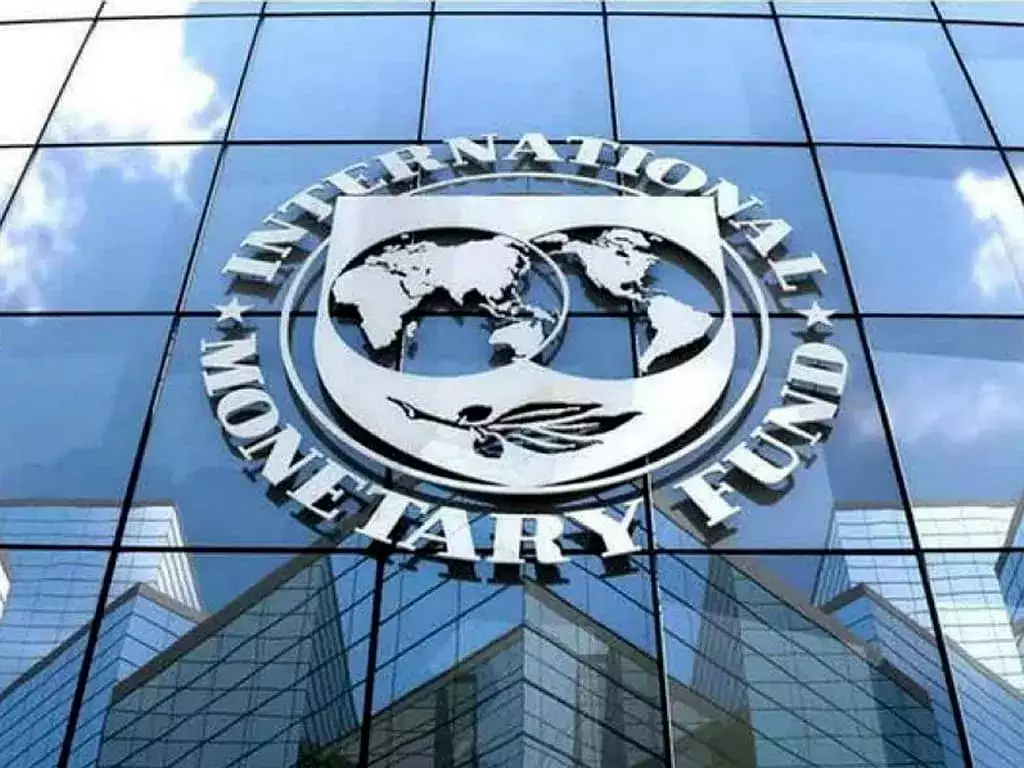

 Opinion2 years ago
Opinion2 years ago
 Fashion7 years ago
Fashion7 years ago
 Entertainment7 years ago
Entertainment7 years ago
 Entertainment7 years ago
Entertainment7 years ago
 Opinion2 years ago
Opinion2 years ago
 Business News2 years ago
Business News2 years ago
 Policy&Politics2 years ago
Policy&Politics2 years ago
 Business News2 years ago
Business News2 years ago
